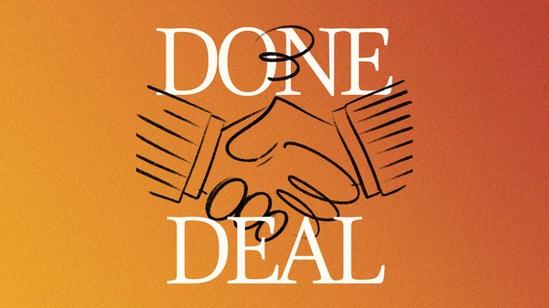What Are “Spinouts” and Can They Make Healthcare Better?


European universities have long held a reputation for world-class research. They have not excelled as strongly at commercializing their results into intellectual property – until recently.
- European universities are better at commercializing research into healthcare spinouts, attracting external investment.
The process of a “spinout” is a particularly successful way to form healthcare companies. Typically, it involves transferring the intellectual property to a new company, which commonly issues shares to the original creators or company. This route is only a sensible one if there is a true market need for a product and demand that is tangible, widespread, and valuable enough to win over external investors and make returns.
Now in 2024, European universities have become relatively well-versed in this process. Healthcare is an especially blinding sector: of the top ten most valuable UK spinouts, eight were healthcare-related, according to Source Advisors.
Taking a wider lens, all ten most successful spinouts from the last decade were in pharmaceuticals, biotechnology, or healthcare-related devices and supplies. The most common sub-sectors were drug discovery, biotech, diagnostic equipment, and therapeutic devices.
Cardior Pharmaceuticals, which develops therapies for heart failure and related cardiovascular diseases, is a prime example of this. Currently in phase two trials, Cardior is modifying the molecules that help to control gene expression within cells, a process that could potentially stop or reverse heart failure.
“Of the top ten most valuable UK spinouts, eight were healthcare-related.”
There have historically been low investment levels into cardiovascular healthcare due to the area’s high development costs, although there is a major market for such products.
Novo Nordisk recently agreed to acquire Cardior in a deal that could be worth up to €1 billion. This is typical for pharma giants: they’re known for building up their pipeline with smaller companies, upping their odds of owning the next trailblazer.
It pays to invest in smaller companies instead of putting every egg in-house: IQVIA Institute data shows that 56% of all new medication currently comes from emerging biopharma companies. The money made can then be funneled back into research, or used to propel the entrepreneurs behind a breakthrough.
Read the full ThinQ 2024 Healthcare Dispatch here.
ThinQ by EQT: A publication where private markets meet open minds. Join the conversation – [email protected]




